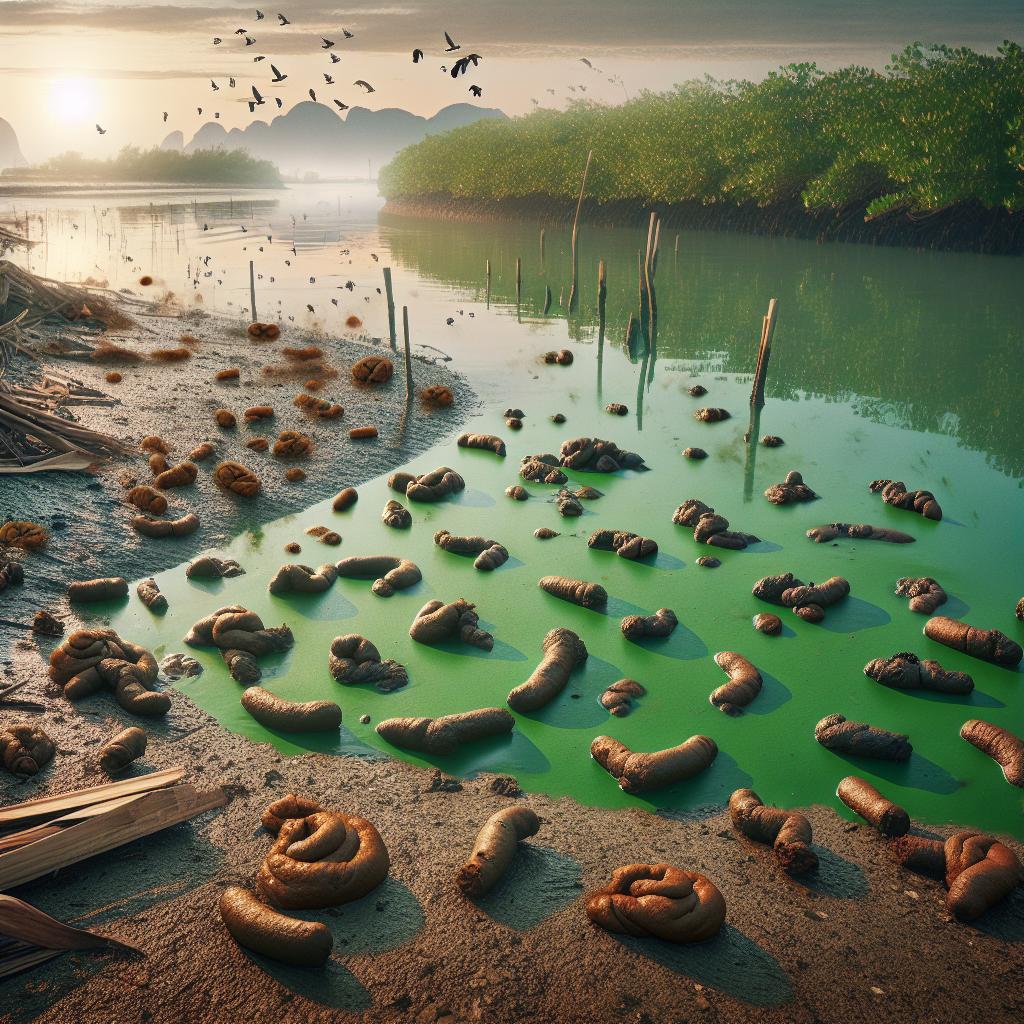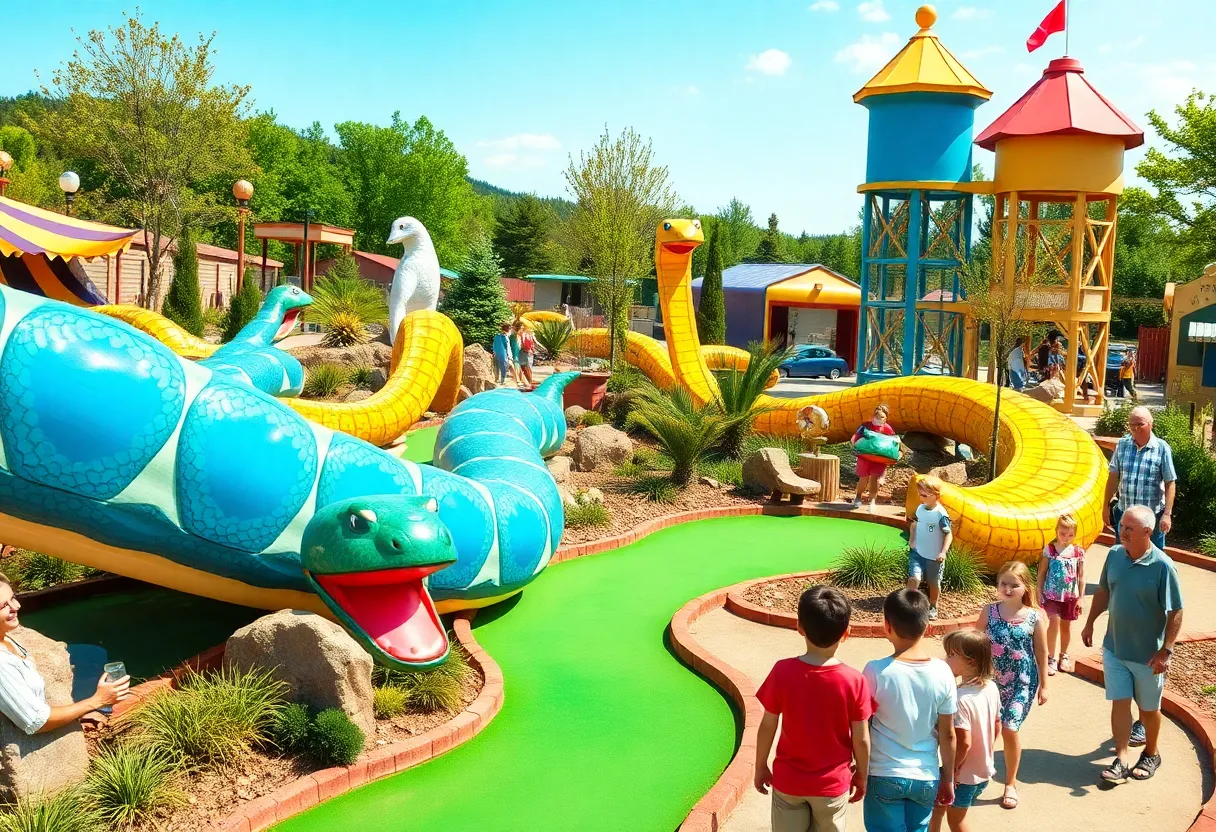Scientists Highlight Impact of Pet Waste on Shellfishing
Pet Waste Threatens Murrells Inlet’s Shellfish
In an alarming revelation, scientists have brought to light the impact of pet waste on the shellfish industry in Murrells Inlet. A recent forum revealed that approximately a third of the shellfish beds are closed due to heightened bacterial levels.
Residents have pointed fingers at the escalating development that has significantly increased stormwater runoff. However, according to Geoff Scott, who chairs the Department of Environmental Health Science at the USC School of Public Health, the majority of the bacteria coursing into the estuary originate from dog feces.
A Brief History
Scott recalls presenting a similar report in the ’90s, asserting that the situation has merely intensified. Together with Dwayne Porter, director of graduate studies at the School of Health and Director of Geographic Information Programs at USC’s Baruch Institute, Scott has conducted studies comparing the health of urbanized Murrells Inlet estuaries and the undeveloped North Inlet estuaries.
Closures on Shellfish Beds
As stated by Michael Hodges, a state Department of Natural Resources biologist, the closed areas account for 31 percent of the inlet’s shellfish beds. Moreover, the areas subjected to annual restrictions are also growing. The shellfish beds closures were triggered by the construction of the jetties meant to stabilize the inlet in the late 1970s.
Detrimental Impacts of Fecal Matter
Dog waste discharges a type of bacteria known as Vibrio, which when fed with nutrients, loses its mobility function. Vibrio bacteria presence is an indicator of the planet’s health. The extermination of natural landscape and replacement with lawns eliminates the molecules that annihilate Vibrio, ultimately removing a natural antiseptic. Conversely, when the question of conservation of Murrells Inlet’s water quality was raised, Scott emphasized on managing pet waste.
The Path to Improvement
In the early 1980s, the situation improved when public sewer systems replaced private septic tanks. However, the significant bacterial source remained unattended – the pet waste. Wildlife corridors are preferred over regular green spaces within developments to prevent concentration of wildlife.
Moreover, guests bringing their pets to Huntington Beach State Park contribute to the problem. As suggested by Hodges, a public education program about pet waste management, similar to the one implemented in Charleston County, could prove beneficial for the community.
Conservation Over Restoration
According to Hodges, preservation of oyster beds is a more effective strategy than trying to restore them, thus emphasizing the importance of giving the oyster beds a break. “The water will be a lot cleaner”, concludes Scott.
With these insights from experts like Scott and Porter, it seems clear that the community needs to act. Controlling pet waste and limiting its impact on the environment is a significant step towards preserving the vitality of Murrells Inlet and its shellfish industry.







